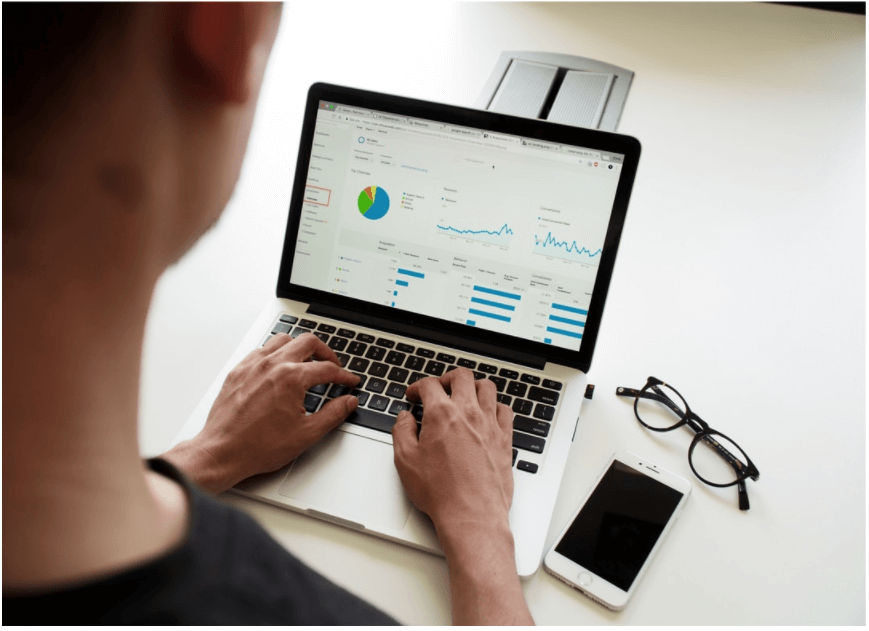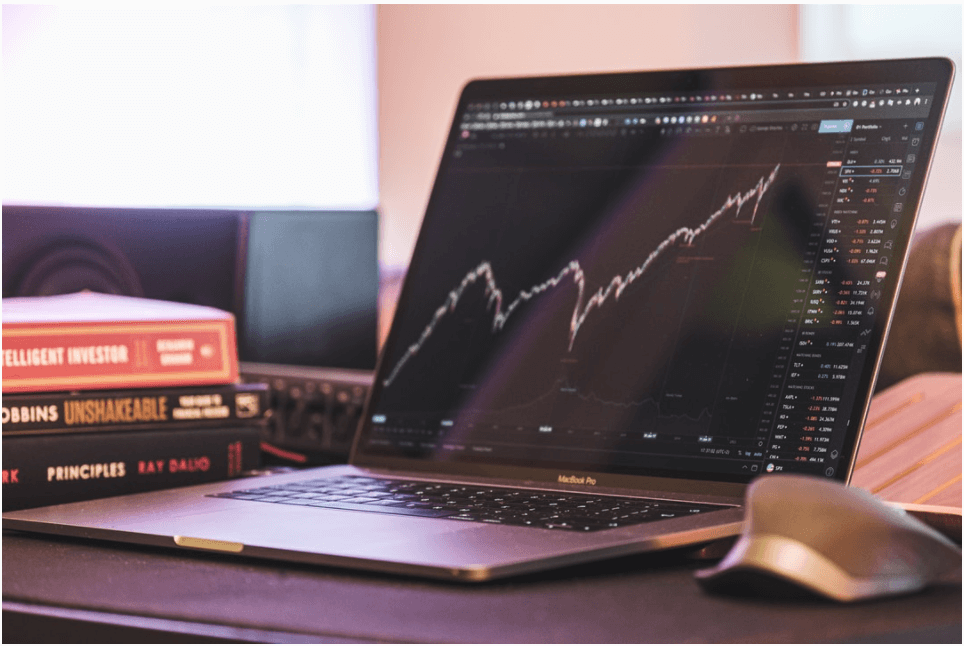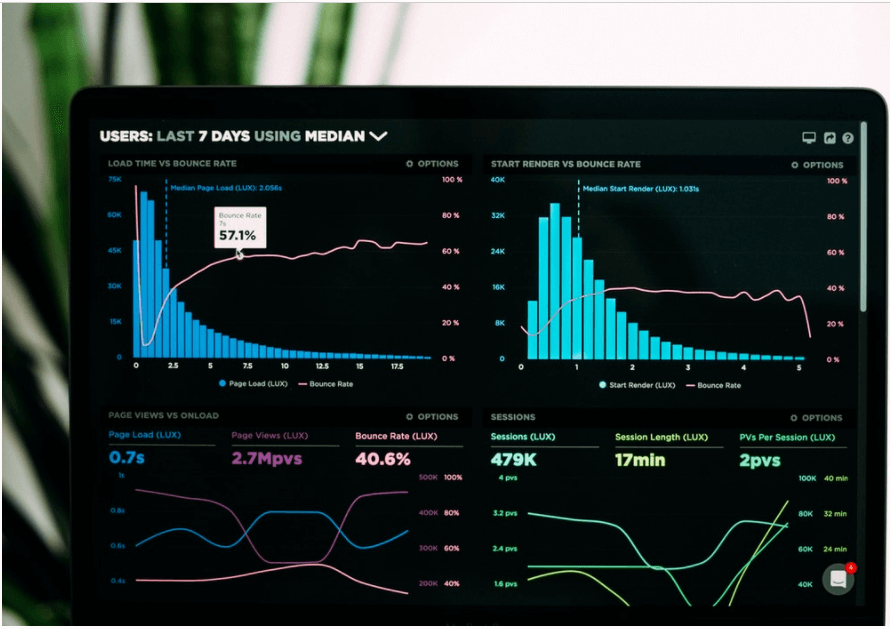
3 Uses for Line Charts
By admin
A line chart is the perfect metric to use when representing the constant flow of time. Time-dependent variables are common within the worlds of business, investments, and consumer spending alike. Virtually any type of data that you may want to integrate can be graphed over specified periods of time, making a line graph the perfect choice for many different applications.
1. Line charts are crucial for data users who want to make predictions about the future.
Table of Contents
Consulting a line chart is a simple and easy-to-understand way to consider the way that data can be applied to a variety of different scenarios and analysis tasks. With the help of line graph options, data users can make clearer judgments about the future and evaluate past performance at the same time. This is one addition that line charts offer over other options for visualizing data: These graphing solutions help users make predictions about the future by evaluating patterns from the past.
Unlike other data products, aggregate totals of sales, interest earned, views, and more are plotted as dynamic ranges rather than static figures. This means that you, as the data user, can investigate the impact that time of year, weather, competition, and countless other factors can have on the tested variable with ease. Comparing different line charts alongside one another can help you derive patterns and influences that wouldn’t be possible otherwise.
2. Line graphing is essential in the financial services industry.

Investors and savers alike rely on the help of these data visualization aids in order to make smarter decisions over the long term. By utilizing these data points, building models that can help support success over the course of many successive quarters and years is easier than ever. Investments are leaning into the power of technical analysis more and more these days, and with the help of simple and powerful graphing operations, the ability to leverage market insights and other data points is leaving the realm of the institutional investor and becoming more accessible to retail traders all over the world.
The value that time-enabled graphing provides to the investment and saving community is groundbreaking. With the help of time data (and the corresponding graphing outputs that are possible with it), investors can see patterns forming over the course of each trading day and throughout the span of the entire quarter or year. This helps investors make decisions about short-term moves and long-term holding patterns that may be the most beneficial to their overall investment goals.
3. Training resources depend on time-added graphing products.

Investing in the training process is something that all brands do to one extent or another. Training smarter is gaining traction these days, and with the help of time-based graph options, building models for efficiency and implementation is quick and highly effective. Brands rely on the insights that time can provide, and in the region of employee training schemes, this can help shape the rollout of new policies, implementations, and workflows that will make the whole company smarter and more agile.
The use of line graphs is widespread and goes far beyond the elementary classroom in which these data products are first introduced to students. With the help of time-based graphing outputs, data users within a variety of different fields can make smarter and more accurate predictions about the future and track continuous progress within their organizations. Consider adding the use of these fascinating and highly effective data products to your daily routine if you aren’t already a typical user of this particular type of data visualization option. The benefits are immense and immediate.


